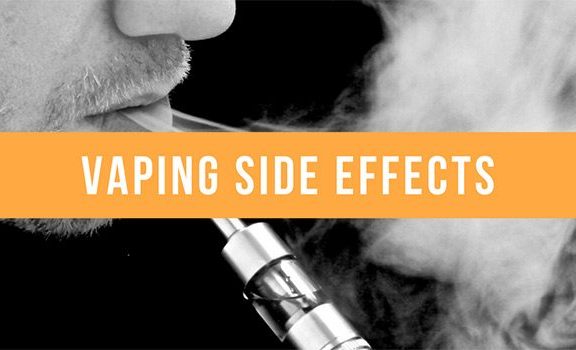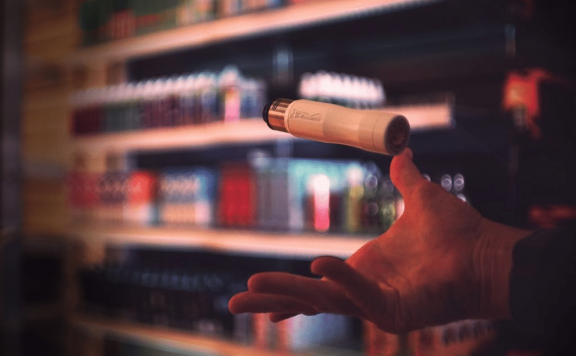On June 1st, Ukraine passed a ban on flavored vaping products, except for those with tobacco flavor, to hold back teenager vaping. Furthermore, the ban is even extended to any public use and marketing of vaping products. Some regulators in Ukraine justify this move by citing WHO’s assumptions that vaping is a gateway to smoking, and can bring same harm to health as smoking.
WHO has long taken a stance against vaping, but some of its claims concerning vaping safety haven’t been proven yet. There are two other reasons why Ukraine cracks down on vaping. First, according to the European School Survey Project on Alcohol and Other Drugs (ESPAD), 5.5% of Ukrainian young people use e-cigarettes, and the proportion soared to 18.4% merely two years later.
Some researchers found that this sharp increase might be related to the vigorous marketing by e-cigarettes brands in the country. Second, Ukraine is the biggest European country though, it is out of the EU. It plans to apply for the membership in the EU in 2024. Since more and more EU member countries, such as Finland and Hungary, initiate flavor bans, it’s not a surprise that Ukraine would do the same as an effort to achieve Europe integration.
However, whether the ban will lead to encouraging results is another story. After the WHO warned people of potential risks of vaping, it received harsh pushback from vaping advocates. Even among health organizations, a division exists—little common ground can be found when it comes to the safety of vaping products.
For example, regardless of WHO’s frightening threats about e-cigarettes, the Public Health England maintains that vaping is “at least 95% less harmful than smoking cigarettes.” After all, the vapor that e-cigarette users inhale contains much less toxic chemicals compared with combustible cigarettes. That’s why a great number of British medical institutions include e-cigarettes in aid plans for people to quit smoking.
In 2000, about 34% of Ukrainians are smokers, while in 2015 when vaping products have been accepted as effective tobacco alternatives, the percentage declined to 28%, and it’s projected to further shrink to 24% by 2025. Ukraine’s restriction on vaping products will cut down smokers’ tendency to switch to safer and healthier substitutes for traditional tobaccos.
In addition, as for reducing teenagers’ exposure to toxic chemicals, Ukraine might also go in the opposite direction. Ukrainian lawmakers blame flavored e-liquid as a major temptation for youth to use vaping products, but the accusation seems to be groundless. According to the Yale School of Public Health, when a flavor ban comes into effect, high school students are about twice as likely to start using conventional cigarettes.
Ukraine ignores the real data about vaping and consequences such a ban might bring. Contrary to what the regulators expect, the ban might compel those e-cigarette users, including younger ones, to turn to much more harmful regular cigarettes.
Ukraine Follows WHO Advice, Prohibits Vape Flavors and Advertising




